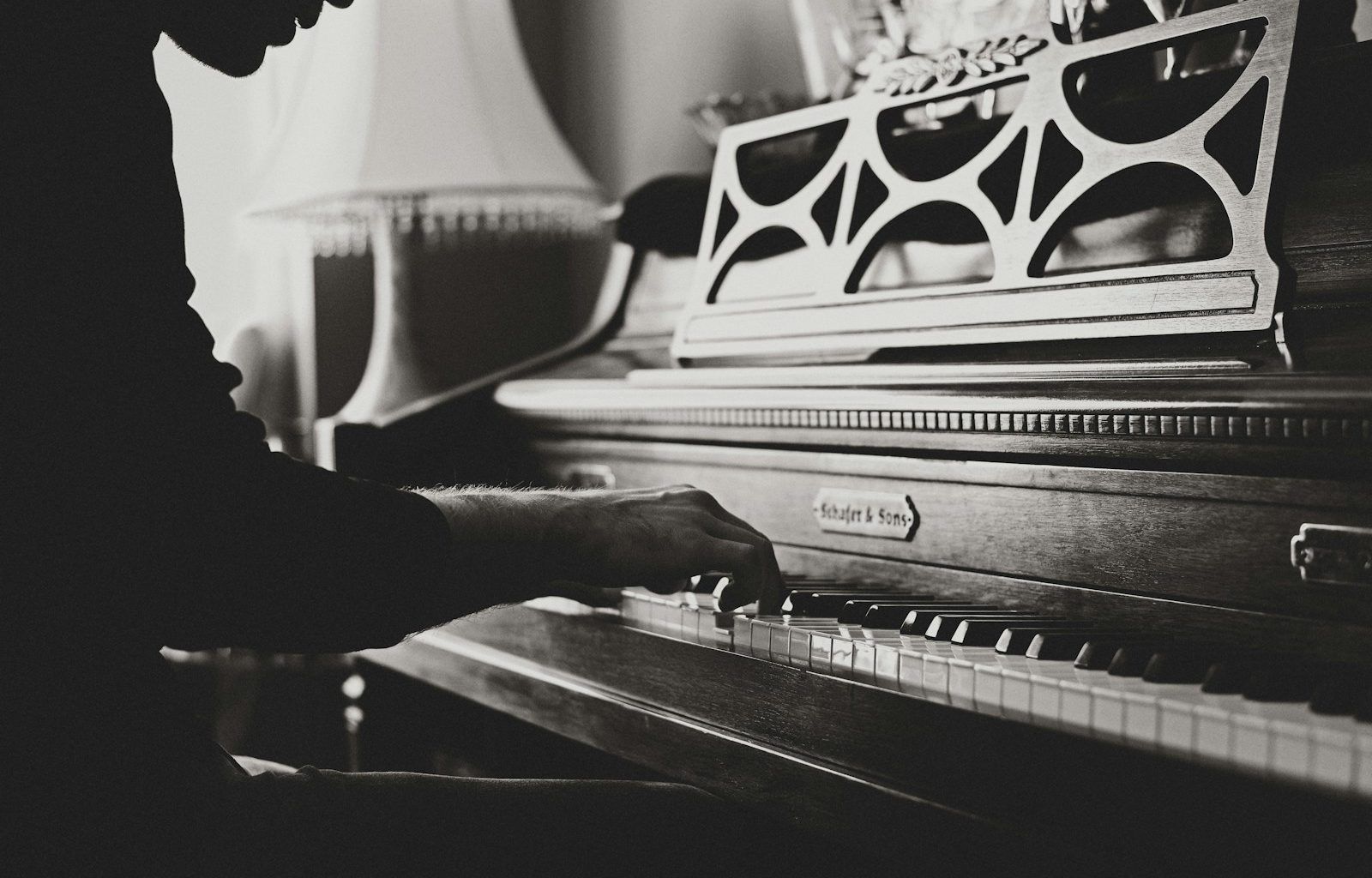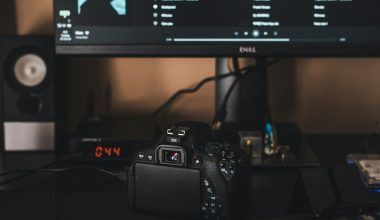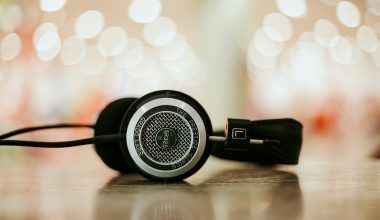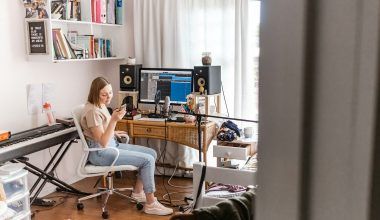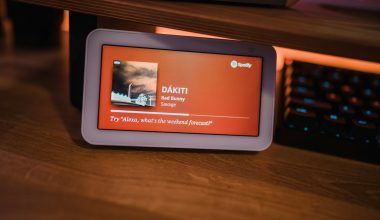If you’ve ever dreamed of having your very own music studio set up, you’re in the right place. Whether you’re a budding musician, an experienced producer, or simply someone who loves to dabble in creating beats, setting up a music studio can be an exciting yet overwhelming task. But don’t worry — I’m here to break it all down for you in a simple and straightforward way.
Why You Need a Music Studio Set Up
Having your own music studio isn’t just about having a cool place to record. It’s about creating an environment where creativity flows. Imagine a space tailored to your needs, where every piece of equipment is within reach and every corner inspires you to create your best work.
Step 1: Decide on the Purpose of Your Studio
First, think about what you’ll be using the studio for. Are you recording vocals? Producing electronic music? Mixing and mastering? Understanding your goals will help you choose the right equipment and layout.
Step 2: Find the Perfect Space
The space you choose for your music studio set up matters a lot. You’ll want a room that’s quiet, has minimal external noise, and can be easily soundproofed. A spare bedroom, basement, or even a large closet can work.
Step 3: Focus on Acoustics
Before you bring in any gear, think about the acoustics of your space. Bare walls can cause echoes, so consider adding acoustic panels, carpets, or curtains to absorb sound. This step will make a massive difference in how your recordings turn out.
Step 4: Gather Your Essential Equipment
Here comes the fun part! Let’s talk gear. At the heart of every music studio set up are a few essential items:
- Computer: A powerful computer is a must. Whether it’s a PC or Mac, ensure it can handle heavy audio processing.
- Digital Audio Workstation (DAW): This is the software you’ll use to record, edit, and produce music. Popular options include Ableton Live, Logic Pro, and FL Studio.
- Audio Interface: This connects your instruments and microphones to your computer. Look for one that fits your needs and budget.
- Microphone: A good quality microphone is essential for recording vocals and acoustic instruments.
- Headphones and Monitors: Invest in studio-quality headphones and speakers to ensure you’re hearing every detail.
- MIDI Controller: If you’re into producing beats or electronic music, a MIDI controller is a game-changer.
Step 5: Arrange Your Equipment
Now that you have your gear, it’s time to set it up. Place your desk in the center of the room to create a symmetrical listening environment. Your monitors should be at ear level, forming an equilateral triangle with your head. This positioning will give you the best sound experience.
Step 6: Soundproof Your Studio
Soundproofing your music studio set up is crucial if you don’t want to disturb your neighbors or have outside noise ruin your recordings. Use foam panels, heavy curtains, or even DIY solutions like rugs and bookshelves to reduce noise.
Step 7: Organize Cables and Accessories
Nothing kills creativity like a tangled mess of cables. Use cable organizers or velcro straps to keep everything neat and tidy. Label your cables for easy identification.
Step 8: Personalize Your Space
Your studio should feel like your sanctuary. Add some personal touches, like LED lights, posters, or plants, to make it uniquely yours. A comfortable chair is also a must for those long recording sessions.
Step 9: Test Your Setup
Once everything is in place, test your setup. Record a quick demo to ensure all your equipment is working as it should. Make adjustments to your monitor placement, mic settings, or acoustic treatments if necessary.
Step 10: Keep Improving
Your music studio set up doesn’t have to be perfect right away. As you gain experience, you’ll discover new tools and techniques to enhance your studio. Keep experimenting and upgrading over time.
Wrapping Up
Creating a music studio set up is a journey, not a destination. It’s about building a space that inspires you to create and grow as an artist. With the right planning, equipment, and a bit of creativity, you can transform any space into a hub of musical magic.
Related Articles:
For further reading, explore these related articles:
- How to Cancel SoundCloud Go: A Step-by-Step Guide
- Apple Music Stats Tracker: Why You Need One and How to Get Started
For additional resources on music marketing and distribution, visit DMT Records Private Limited.
